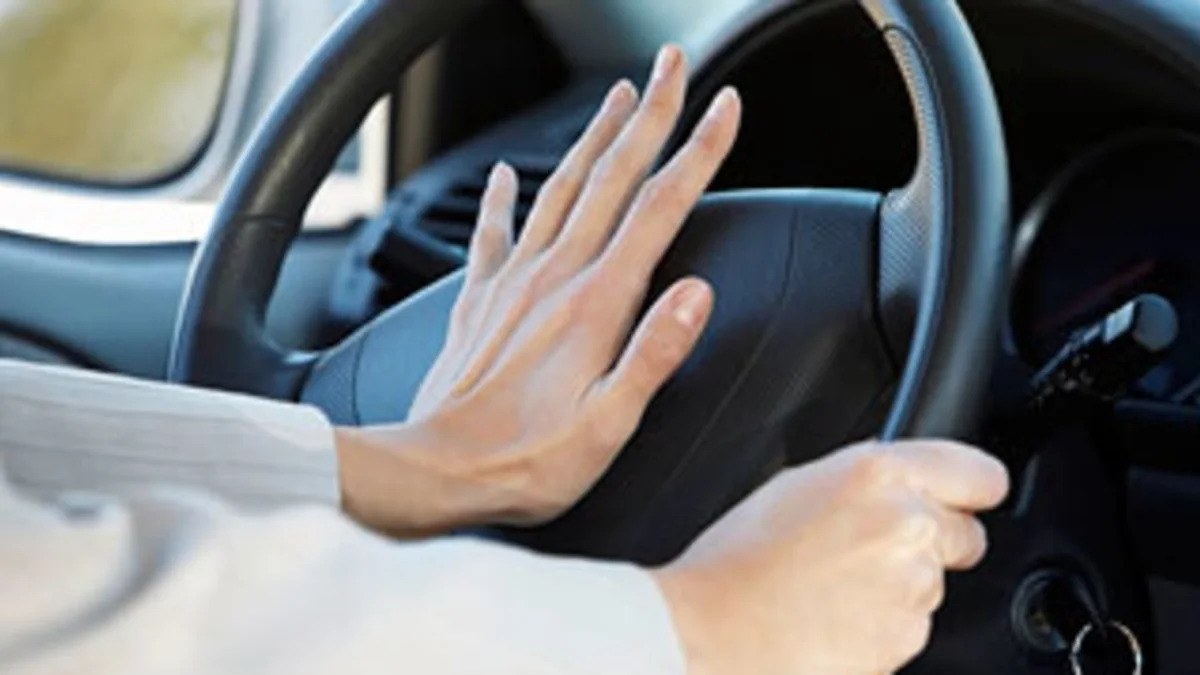Road rage can endanger drivers and their passengers, raise their blood pressure and their insurance costs — and, in more than a few cases, kill them. Such are the sobering findings of a detailed survey conducted by the Insurify group, who say that drivers who are cut off by another car are most likely to react angrily on the road.
These “angry” behaviors or reactions may include honking, cursing, blocking the offending driver from changing lanes, or in rare cases, confronting another driver or forcing him or her off the road. And these confrontations may be the least of it, Insurify reports: Road rage shooting deaths more than doubled between 2018 and 2022, accounting for 141 deaths and more than 413 injuries in 2022, the survey says.
More than a thousand American drivers in the United States responded to the survey, with more than half expressing behaviors consistent with road rage (but only 41 percent admitting to having road rage sometimes). Insurify also analyzed the most recent road rage statistics from the National Highway Traffic Safety Administration (NHTSA) and National Safety Council (NSC).
Men, the report found, are 20 percent more likely than women to yell or curse at other drivers — banging on the steering wheel is a fairly common reaction. Perhaps surprisingly, women were slightly more likely than men to express one particularly dangerous road rage behavior: forcing another driver off the road.
As far as relating age to inciting road rage behavior, Gen X drivers between 43 and 58 are more likely to engage in that. But more millennials (52 percent) admit to road rage behaviors than any other age group.
While being cut off was the top reason for drawing anger — it had an “anger score” of 3.6 out of 5 — here are some of the other more infuriating behaviors:
- Drivers weaving in traffic (anger score 3.2);
- Being stuck in traffic (3);
- Drivers not using turn signals (2.9);
- Driving slower than the speed limit (2.8);
- Other drivers making gestures (2.8).
Regarding insurance rates, the group says that reckless driving offenses often overlap with road rage behaviors. Drivers with a reckless driving record spend an average of $851 more annually for a full-coverage policy than those with a clean record — second highest only to drivers with a DUI record.
The Insurify report offers some advice to counter road-rage triggers. Seeing a psychotherapist is one. Also, “taking at least one deep breath immediately after a difficult traffic situation can greatly reduce the risk of extreme road rage behaviors,” Mark Bingel-McKillips, a licensed clinical social worker, is quoted in the report. “Deep breathing has a neurophysiological impact on the fight, flight, freeze, or fawn stress response of the brain.”
You can learn more from the full report here.


Sign in to post
Please sign in to leave a comment.
Continue